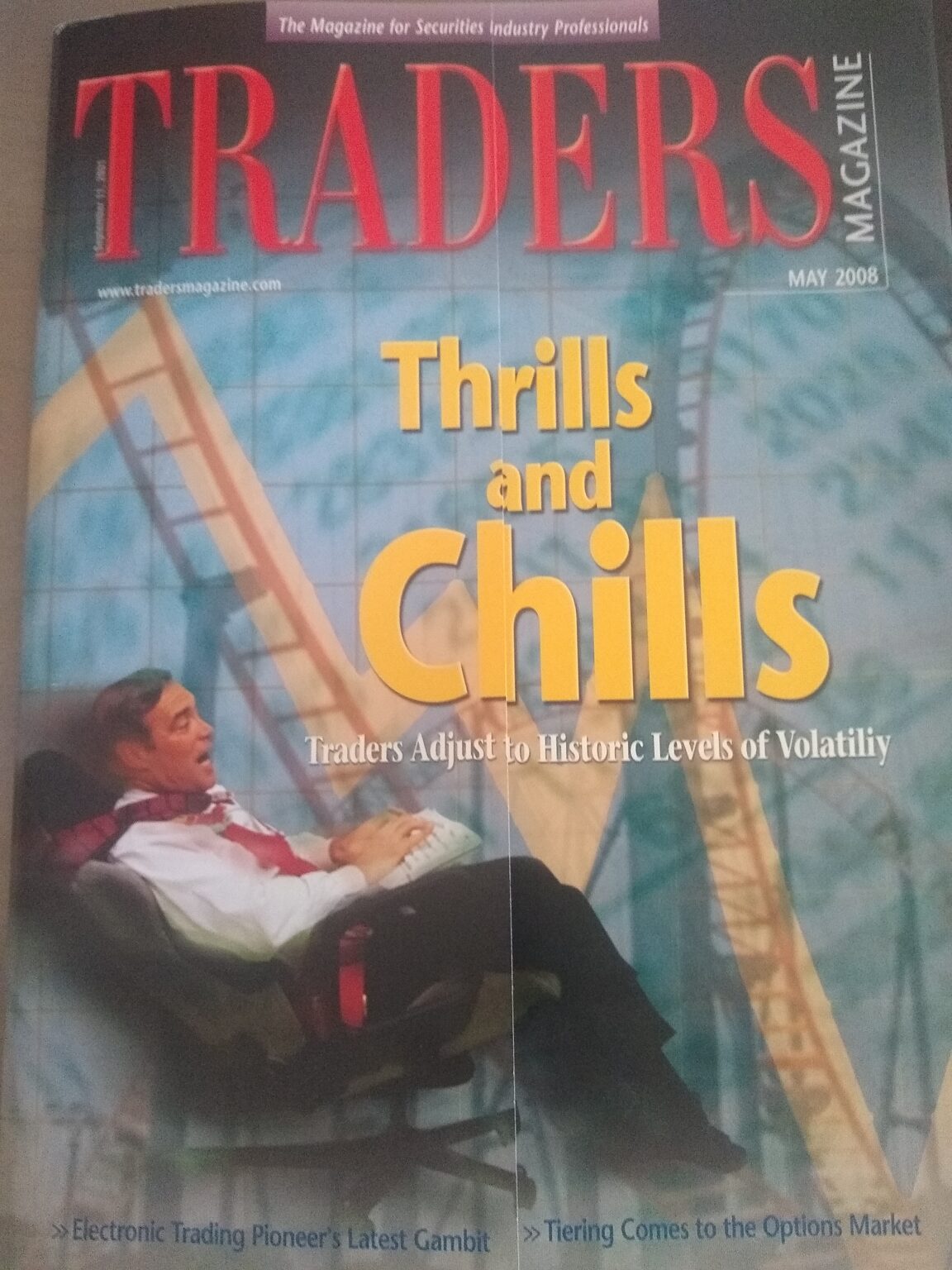摘要: A look back at how traders managed market tumult 14 years ago.
“Thrills and Chills: Traders Adjust to Historic Levels of Volatility” is the headline.
The lead: “As trading environments go, the current one almost couldn’t get any wilder. Experts say today’s equities market hasn’t been this volatile since the Great Depression. The large jumps in prices have meant greater risk, higher volumes and wider spreads for traders intermittently for more than seven months.”
While this could easily be a July 2022 Traders Magazine feature, it was actually the May 2008 cover story.

▲圖片來源:TRADES MAGAZINE
The underlying causes of the volatility were very different. In May 2008, the Bear Stearns collapse was just two months past, and the market was driven by “fear about subprime mortgage-backed securities and emerging credit troubles,” according to the article. Today, the macro problems are inflation, an ongoing war in Ukraine, and lingering supply-chain issues from the global pandemic.
But Traders Magazine is about, well, trading. What were the practical concerns of traders 14 years ago?
For one, the systemic risk that was already in play had firms looking askance at their trading counterparties. “Is there another Bear Stearns out there?” TowerGroup analyst Tom Price asked in the 2008 article. “Who are my trading partners? What kind of risk am I assuming if I do business with any of them?”
Two, trading algorithms performed better than expected in volatile markets – perhaps a harbinger of their rapidly increasing influence in subsequent years. “Contrary to standard thinking, adapting can also mean using algorithms,” the article stated. “Prior to August (2007, when there was a ‘quant liquidity crunch’), conventional wisdom held that algos would be less effective in turbulent times. This didn’t prove to be the case, because algos have gotten better at reading the market, according to buyside sources.”
Another change was strategic, in that traders more often focused on getting the transaction done at a reasonable price, rather than getting the absolute best price. This has echoes of the February-March 2020 market decline, as well as some more recent down days.
“Merrill (Lynch) has seen the buyside use more liquidity-seeking strategies, versus those that look at price discovery,” the article stated. “In this environment…clients are willing to shorten their trading time frames to avoid excess costs if the market turns against them.”
Add it all up and some of the themes from 2008 are the same, and some are different. Traders can manage through the volatility but of course not be able to prevent it, and like every period of volatility, this one will resolve itself in its own unique way.
轉貼自: TRADES MAGAZINE
若喜歡本文,請關注我們的臉書 Please Like our Facebook Page: Big Data In Finance


留下你的回應
以訪客張貼回應